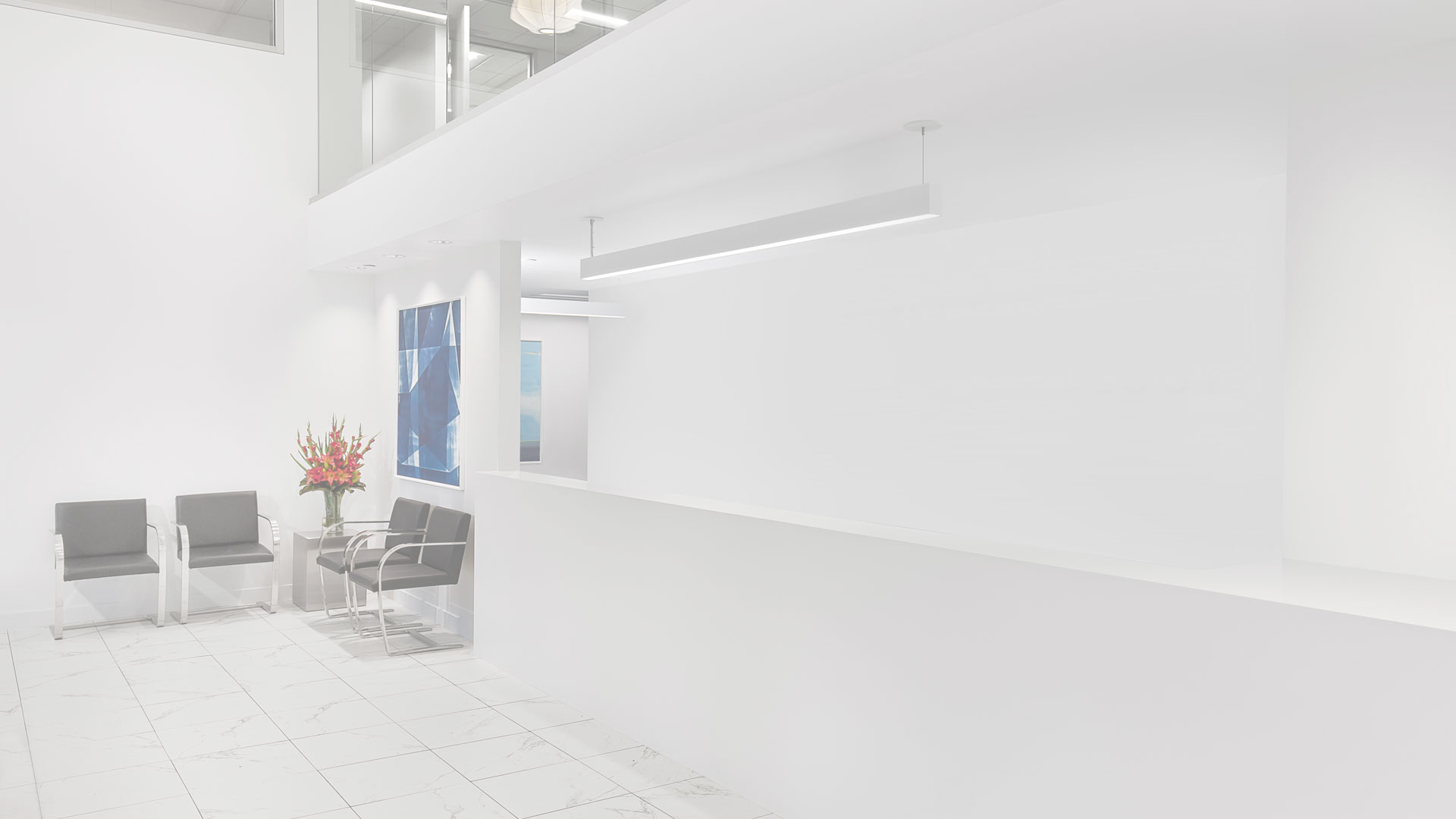
The Broke Girl’s Guide to Getting Rid of Acne
by Amanda Montell for Byrdie
There’s nothing that kicks your self-esteem in the butt quite like a bad bout of acne. It’s hard to describe exactly why those unholy bumps make you feel so dang awful about yourself. Personally, and I know this isn’t rational, but whenever I break out, I feel like a lesser version of myself. It’s as if the sebum in my skin is clogging not only my pores but the very nature of who I am. Clear skin, clear spirit, you know?
Here’s the other frustrating thing about breakouts: Most well-reviewed acne products are crazy expensive. Yes, it’s great that there are effective solutions on the market, but why do they have to be so unattainable?
According to Robert J. Casquejo, PA, owner of Skin & Cancer Center of Scottsdale in Scottsdale, Arizona, they actually don’t. “Typically, the active ingredients in acne products are very similar, regardless of price,” he says. These include exfoliators like salicylic acid and benzoyl peroxide, as well as skin-protecting ingredients like zinc oxide. High-end treatments may include pricier inert ingredients like emollients, vitamins, and antioxidants, he says. But ultimately, the therapeutic ingredients are very similar.
However, not all budget acne products contain these effective ingredients (and neither do the luxury ones, for that matter.) Just because a product says “acne treatment” on the bottle doesn’t mean it contains the ingredients your skin really needs. Luckily, we consulted a handful of experts to put together a goof-proof acne routine you can get for under $50. This includes skincare products as well as lifestyle changes, all of which are easy and cheap to incorporate into your lifestyle. Of course everyone’s skin type is different, so you might need to experiment with the following regimen to find what works for you. But consider this your jumping-off point.
Ready to banish your blemishes without draining your bank account? Keep scrolling for your cheap new acne routine!
Step 1: Get Squeaky Clean
Cetaphil Skin Cleaner ($15)
According to Casquejo, cleanser should be the first step in your affordable acne routine. If you have irritation-prone skin, a no-frills hypoallergenic face wash like this Cetaphil pick should do the trick. If your skin can handle something stronger, opt for a 2% salicylic acid cleanser like the one in the La-Roche Posay kit below.
Remember: Everyone’s skin reacts differently to these products, so make sure to pay attention and modify your routine accordingly. If you find that you can’t tolerate a salicylic face wash every day, try using it just a couple times a week, swapping in your Cetaphil or Dove’s Sensitive Skin Beauty Bar in between.
Wash your face morning and night and make sure to gently pat dry. Do your best to use fresh towels every time, as bacteria can build up on the fabric and worsen your acne. Try investing in a five-pack of small face towels ($15).
Step 2: Restore Moisture
Eucerin Daily Protection Moisturizing Face Lotion SPF 30 ($10)
After cleansing, you’ll want to follow up immediately with moisturizer. It’s important not to skip this step, even when you’re dealing with breakouts. Otherwise, you run the risk of drying out your skin, which will cause it to overcompensate by producing more oil.
During the day, choose a face lotion with SPF 30. This is essential, as the exfoliating effects of acne products make you even more vulnerable to sun damage, Casquejo says. Opt for one with zinc oxide, advises certified dermatologist Heather D. Rogers, MD. “This is a natural mineral compound that works as a sunscreen agent by reflecting and scattering UVA and UVB rays,” she explains. The lightweight Eucerin pick above is noncomedogenic (meaning it’s specifically designed not to clog pores) and safe for sensitive skin.
At night, try a gentle, grease-free moisturizer, like CeraVe’s Skin Renewing Night Cream ($13). Rogers recommends this stuff as it’s formulated with hyaluronic acid, a humectant that “attracts and retains moisture, improving skin feel and restoring suppleness.” Who said night cream had to blow your budget?
Step 3: Target Blemishes
La Roche-Posay Effaclar System ($30)
After moisturizing, hold off for a few minutes before moving onto the next step. (While you wait, you can brush your teeth or do your hair.) Clinical studies show that waiting for your moisturizer to sink in can decrease the irritability of the acne medications you’ll be applying next, says Casquejo.
After a few minutes, apply a coat of benzoyl peroxide gel to the skin (look for one with a concentration of 2% to 5%) as well as 2% salicylic acid lotion. (It doesn’t matter which you apply first, says Casquejo.) These are the active ingredients that fight acne, and you’ll apply them after moisturizing both day and night. Though it sounds counterintuitive to treat after moisturizing, Casquejo says this is the most effective way to target acne sans irritation.
Still worried about side effects of these treatments? “Dryness and irritation are the worst of them,” says Casquejo. “If you find you are having trouble, adjust the routine.” For example, if you find the ingredients irritating, try using the benzoyl peroxide only once a day or every other day until you feel like it’s tolerable, he advises. Then, for best results, gradually increase your usage to at least once a day.
The La Roche-Posay kit above contains a 2% salicylic acid cleanser, a 0.5% salicylic acid gel, and a 5.5% benzoyl peroxide treatment, which align closely with the products Casquejo recommends. And with all three products for $30, you’d be hard-pressed to find a better deal.
Step 4: Embrace Anti-Agers
RoC Deep Wrinkle Night Cream ($25)
While acne might be at the forefront of your mind, it’s important to remember your skin health as a whole. One of the most effective, derm-approved skincare products you can invest in is a retinol cream, which works to repair wrinkles, even out skin texture, and more.
“Retinoids … help unclog pores and lighten pink or dark acne scars,” explains board-certified dermatologist Tsippora Shainhouse, MD, FAAD. Over-the-counter retinols aren’t as potent as prescription ones, she says, but applying a thin layer before bed will start to yield results within a few months. Shainhouse suggests the RoC product above.
Step 5: Watch Out for Sneaky Acne Causes
Nufabrx Pillowcase for Blemish Prone Skin ($36)
Just as towels can accumulate bacteria day after day, so can pillowcases and other surfaces that touch your face. You’ll want to watch out for these under-the-radar acne causes.
Emi Kamiya, VP of marketing for Hynt Beauty, recommends washing your pillowcases as often as possible. You can also experiment with an antibacterial pillowcase like the one above. “Try not to sleep with hair products in, as they will rub onto the face while you’re sleeping,” Kamiya adds. If you’re addicted to your overnight hair treatments, sleep with your hair tied securely back.
Step 6: Treat From the Inside Out
You can pile all the right ingredients in the world onto your skin, but if you’re putting crap in your body, odds are you won’t be satisfied with the results.
Ingesting excessive processed food and refined sugar can easily derail your other acne-fighting efforts. So it’s essential to stay properly hydrated and eat a balanced, nutrient-rich diet. Think of it as one of the most important parts of your skincare routine. Luckily, water and produce tend to be cheaper than most topical products, even ones at the drugstore.
And at the end of the day, remember this vital sentiment: Clearing your acne, like anything worth accomplishing, requires patience and consistency. “All acne products, whether OTC or prescription, need consistent use for at least 12 weeks before they maximize their results,” says Casquejo. So if you don’t find perfect skin the first day, don’t throw in the towel.
After all, clear skin is within reach, even for the broke girl.
Read Original Article
